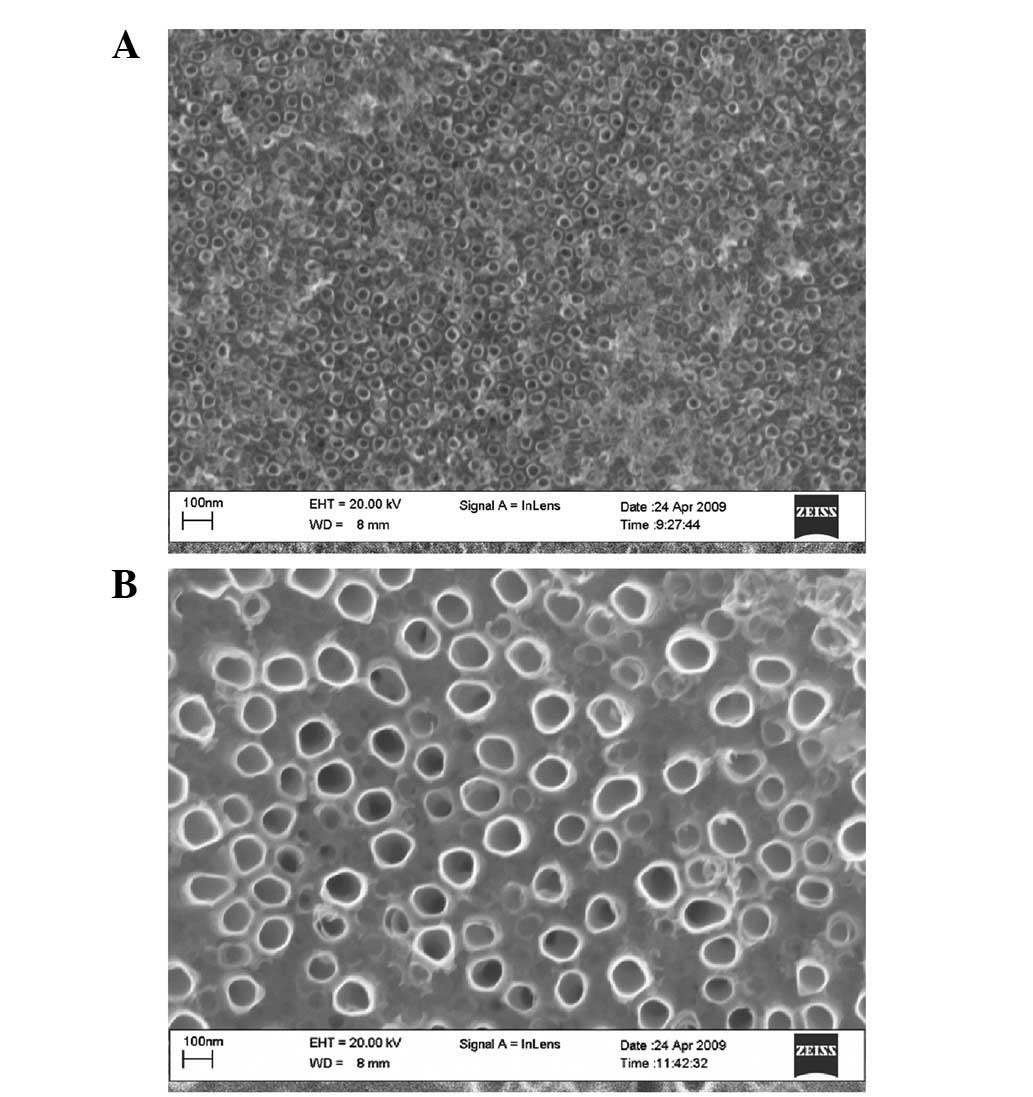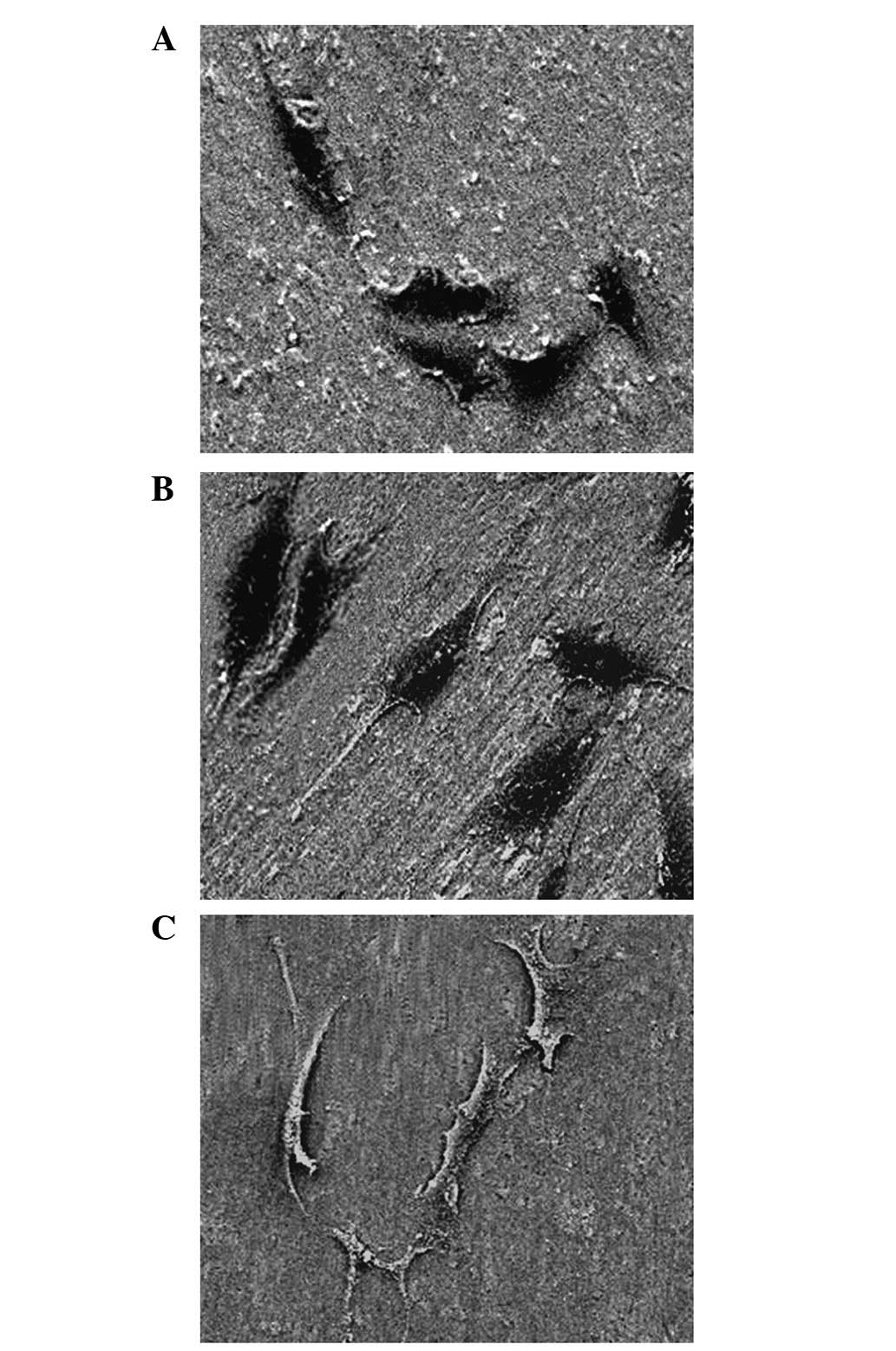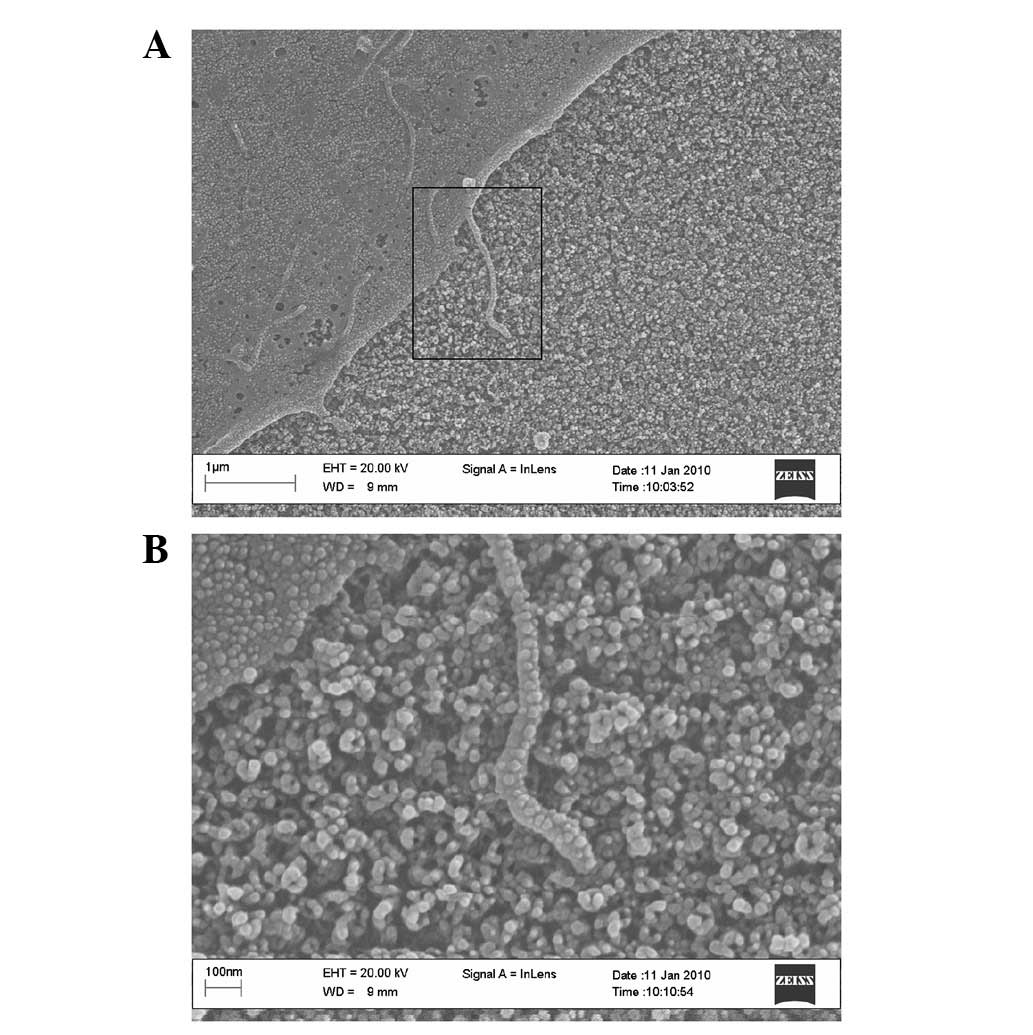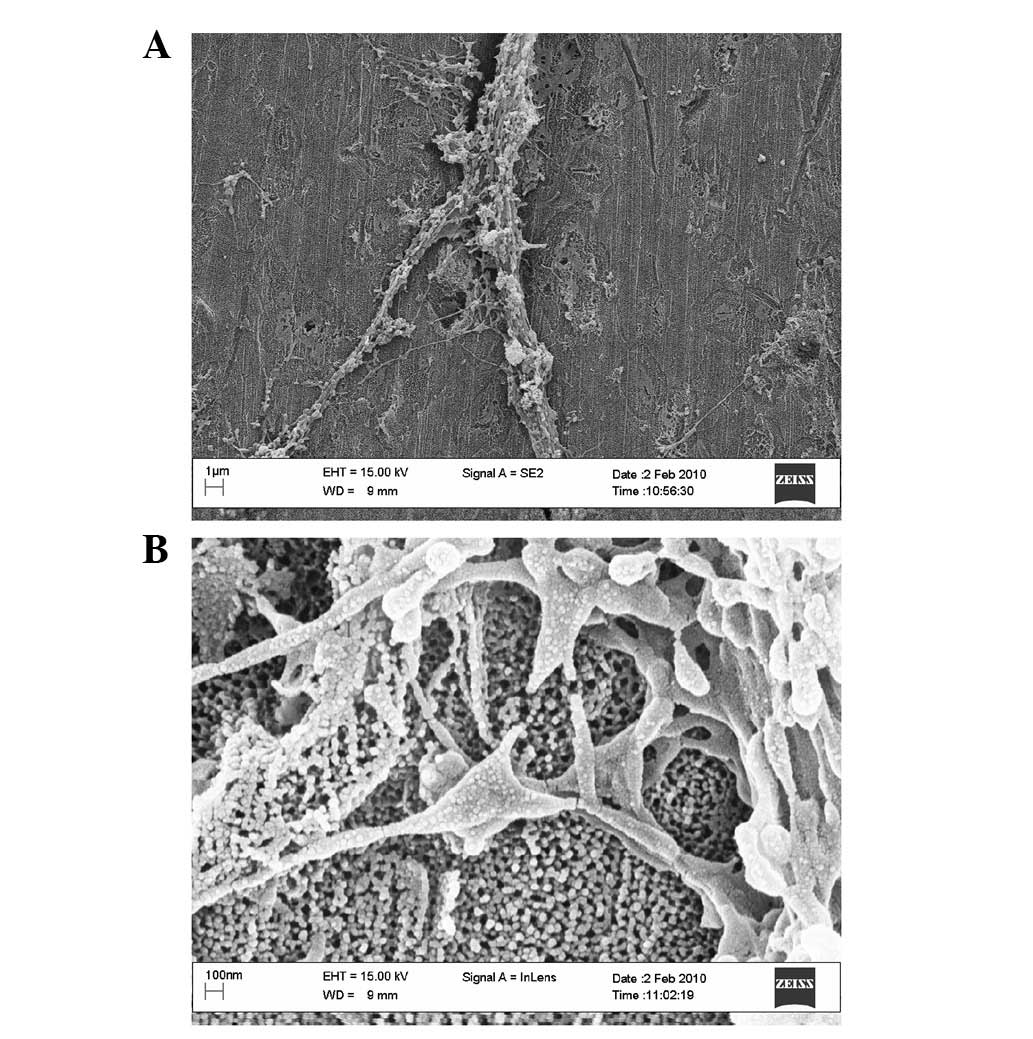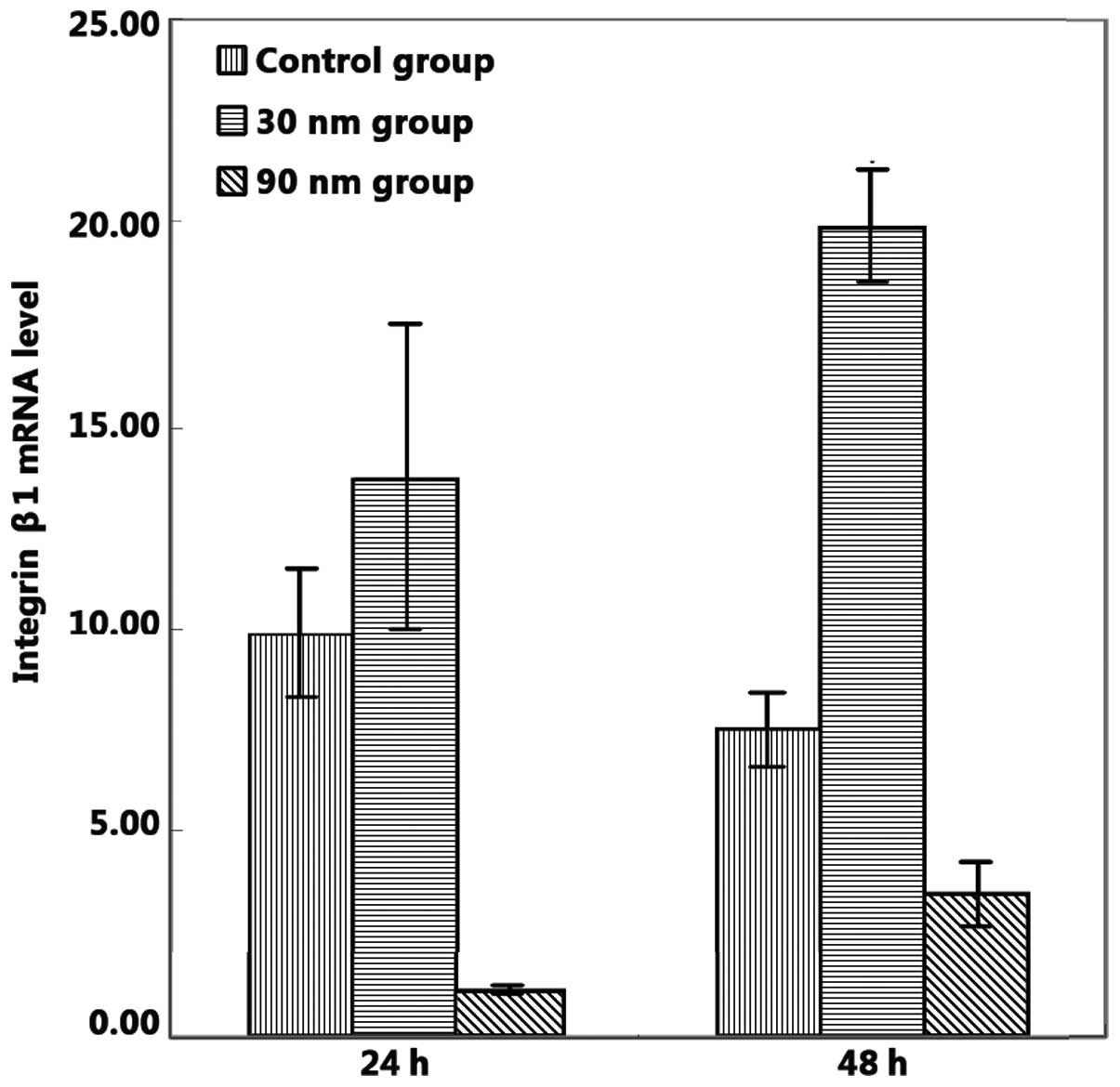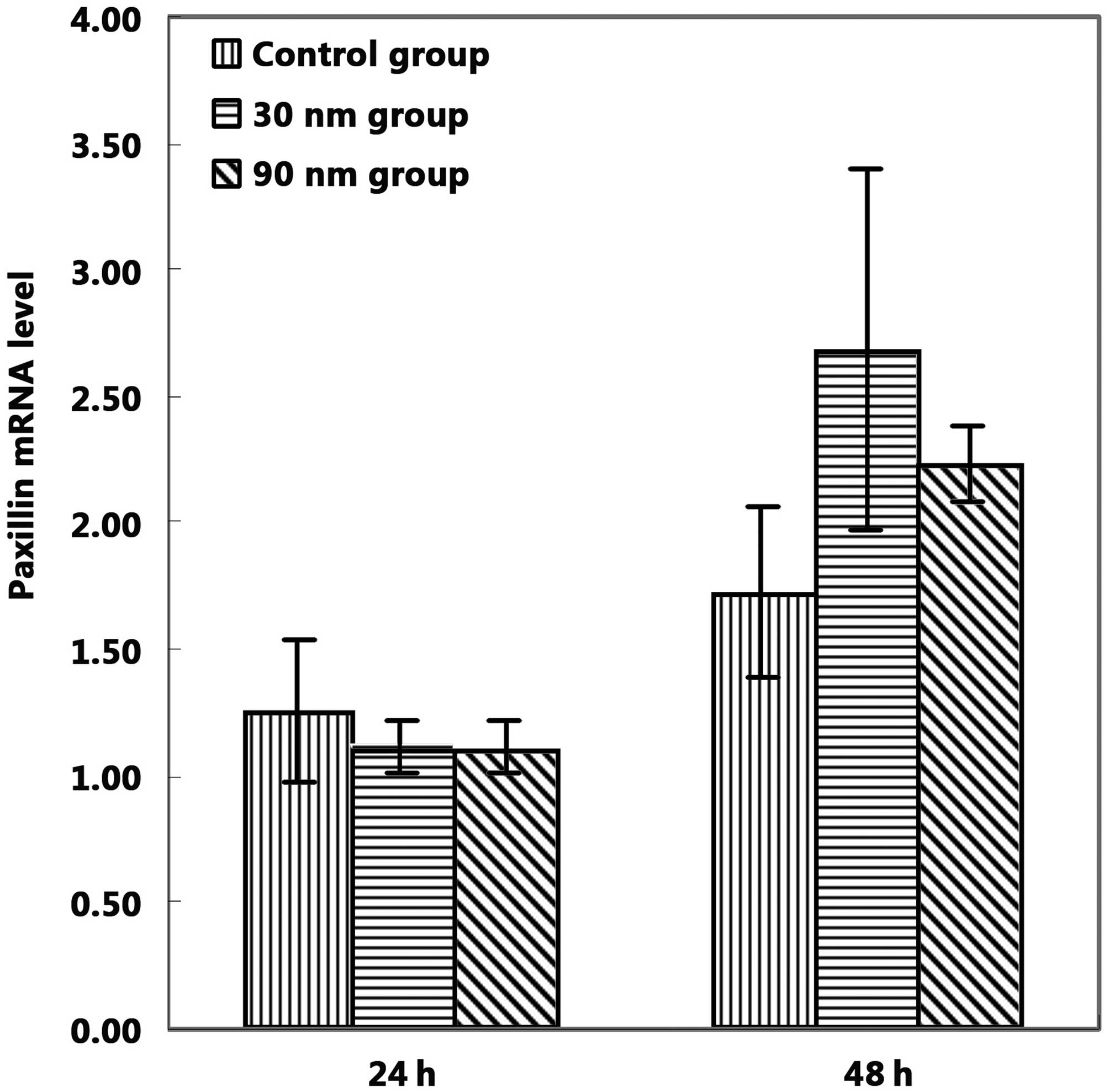|
1.
|
Biesiekierski A, Wang J, Gepreel MA and
Wen C: A new look at biomedical Ti-based shape memory alloys. Acta
Biomater. 8:1661–1669. 2012. View Article : Google Scholar : PubMed/NCBI
|
|
2.
|
Fragou S and Eliades T: Effect of topical
fluoride application on titanium alloys: a review of effects and
clinical implications. Pediatr Dent. 32:99–105. 2010.PubMed/NCBI
|
|
3.
|
Lu X, Hiraki T, Nakajima K, et al:
Thermodynamic analysis of separation of alloying elements in
recycling of end-of-life titanium products. Sep Purif Technol.
89:135–141. 2012. View Article : Google Scholar
|
|
4.
|
Özcan M and Hämmerle C: Titanium as a
reconstruction and implant material in dentistry: Advantages and
pitfalls. Materials. 5:1528–1545. 2012.
|
|
5.
|
Gomes CC, Moreira LM, Santos VJ, et al:
Assessment of the genetic risks of a metallic alloy used in medical
implants. Genet Mol Biol. 34:116–121. 2011. View Article : Google Scholar : PubMed/NCBI
|
|
6.
|
Barbas A, Bonnet AS, Lipinski P, Pesci R
and Dubois G: Development and mechanical characterization of porous
titanium bone substitutes. J Mech Behav Biomed Mater. 9:34–44.
2012. View Article : Google Scholar : PubMed/NCBI
|
|
7.
|
Bai Y, Li SJ, Prima F, Hao YL and Yang R:
Electrochemical corrosion behavior of Ti-24Nb-4Zr-8Sn alloy in a
simulated physiological environment. Appl Surf Sci. 258:4035–4040.
2012. View Article : Google Scholar
|
|
8.
|
Zheng K, Li X, Fu J, et al: Effects of
Ti2448 half-pin with low elastic modulus on pin loosening in
unilateral external fixation. Journal of materials science J Mater
Sci Mater Med. 22:1579–1588. 2011. View Article : Google Scholar : PubMed/NCBI
|
|
9.
|
Guo Z, Fu J, Zhang YQ, et al: Early effect
of Ti-24Nb-4Zr-7.9Sn intramedullary nails on fractured bone. Mat
Sci Eng C Mater Biol Appl. 29:963–968. 2009. View Article : Google Scholar
|
|
10.
|
Gordin DM, Gloriant T, Chane-Pane V, et
al: Surface characterization and biocompatibility of titanium
alloys implanted with nitrogen by Hardion+ technology. J Mater Sci
Mater Med. 23:2953–2966. 2012.PubMed/NCBI
|
|
11.
|
Yu XF, Li YX, Ge WY, Yang QB, Zhu NF and
Kalantar-Zadeh K: Formation of nanoporous titanium oxide films on
silicon substrates using an anodization process. Nanotechnology.
17:808–814. 2006. View Article : Google Scholar
|
|
12.
|
Zhuang HF, Lin CJ, Lai YK, Sun L and Li J:
Some critical structure factors of titanium oxide nanotube array in
its photo-catalytic activity. Environ Sci Technol. 41:4735–4740.
2007. View Article : Google Scholar : PubMed/NCBI
|
|
13.
|
Gong D, Grimes CA, Varghese OK, et al:
Titanium oxide nanotube arrays prepared by anodic oxidation. J
Mater Res. 16:3331–3334. 2001. View Article : Google Scholar
|
|
14.
|
Feng B, Weng J, Yang BC, Qu SX and Zhang
XD: Characterization of surface oxide films on titanium and
adhesion of osteoblast. Biomaterials. 24:4663–4670. 2003.
View Article : Google Scholar : PubMed/NCBI
|
|
15.
|
Zhu X, Chen J, Scheideler L, Reichl R and
Geis-Gerstorfer J: Effects of topography and composition of
titanium surface oxides on osteoblast responses. Biomaterials.
25:4087–4103. 2004. View Article : Google Scholar : PubMed/NCBI
|
|
16.
|
Neoh KG, Hu X, Zheng D and Kang ET:
Balancing osteoblast functions and bacterial adhesion on
functionalized titanium surfaces. Biomaterials. 33:2813–2822. 2012.
View Article : Google Scholar : PubMed/NCBI
|
|
17.
|
Shtansky DV, Zhitnyak IY, Bashkova IA,
Pogozhev YS, Sheveiko AN and Gloushankova NA: The influence of
elemental composition and surface topography on adhesion,
proliferation and differentiation of osteoblasts. English Biochem
(Mosc) Suppl Ser A Membr Cell Biol. 4:272–276. 2010.
|
|
18.
|
Rosales-Leal JI, Rodríguez-Valverde MA,
Mazzaglia G, et al: Effect of roughness, wettability and morphology
of engineered titanium surfaces on osteoblast-like cell adhesion.
Colloid Surface A. 365:222–229. 2010. View Article : Google Scholar
|
|
19.
|
Macak JM, Tsuchiya H, Taveira L, Ghicov A
and Schmuki P: Self-organized nanotubular oxide layers on
Ti-6Al-7Nb and Ti-6Al-4V formed by anodization in NH4F
solutions. J Biomed Mater Res A. 75:928–933. 2005. View Article : Google Scholar : PubMed/NCBI
|
|
20.
|
Yasuda K and Schmuki P: Formation of
self-organized zirconium titanate nanotube layers by alloy
anodization. Adv Mater. 19:1757–1760. 2007. View Article : Google Scholar
|
|
21.
|
Taveira LV, Macak JM, Tsuchiya H, Dick LFP
and Schmuki P: Initiation and growth of self-organized
TiO2 nanotubes anodically formed in
NH4F/(NH4)2SO4
electrolytes. J Electrochem Soc. 152:B405–B410. 2005.
|
|
22.
|
Zhu X, Kim KH and Jeong YS: Anodic oxide
films containing Ca and P of titanium biomaterial. Biomaterials.
22:2199–2206. 2001. View Article : Google Scholar : PubMed/NCBI
|
|
23.
|
Zhu XL, Son DW, Ong JL and Kim K:
Characterization of hydrothermally treated anodic oxides containing
Ca and P on titanium. J Mater Sci Mater Med. 14:629–634.
2003.PubMed/NCBI
|
|
24.
|
van den Dolder J, Spauwen PH and Jansen
JA: Evaluation of various seeding techniques for culturing
osteogenic cells on titanium fiber mesh. Tissue Eng. 9:315–325.
2003.PubMed/NCBI
|
|
25.
|
Suh JY, Jang BC, Zhu XL, Ong JL and Kim K:
Effect of hydrothermally treated anodic oxide films on osteoblast
attachment and proliferation. Biomaterials. 24:347–355. 2003.
View Article : Google Scholar : PubMed/NCBI
|
|
26.
|
Langhoff JD, Voelter K, Scharnweber D, et
al: Comparison of chemically and pharmaceutically modified titanium
and zirconia implant surfaces in dentistry: a study in sheep. Int J
Oral Maxillofac Surg. 37:1125–1132. 2008. View Article : Google Scholar : PubMed/NCBI
|
|
27.
|
Ohkubo C, Shimura I, Aoki T, Hanatani S,
Hosoi T and Okabe T: In vitro wear assessment of titanium alloy
teeth. J Prosthodont. 11:263–269. 2002. View Article : Google Scholar : PubMed/NCBI
|
|
28.
|
Deligianni DD, Katsala N, Ladas S,
Sotiropoulou D, Amedee J and Missirlis YF: Effect of surface
roughness of the titanium alloy Ti-6Al-4V on human bone marrow cell
response and on protein adsorption. Biomaterials. 22:1241–1251.
2001. View Article : Google Scholar : PubMed/NCBI
|
|
29.
|
Le Guéhennec L, Soueidan A, Layrolle P and
Amouriq Y: Surface treatments of titanium dental implants for rapid
osseointegration. Dent Mater. 23:844–854. 2007.PubMed/NCBI
|
|
30.
|
Gittens RA, Olivares-Navarrete R,
McLachlan T, et al: Differential responses of osteoblast lineage
cells to nanotopographically-modified, microroughened
titanium-aluminum-vanadium alloy surfaces. Biomaterials.
33:8986–8994. 2012. View Article : Google Scholar
|
|
31.
|
Zreiqat H, Howlett CR, Zannettino A, et
al: Mechanisms of magnesium-stimulated adhesion of osteoblastic
cells to commonly used orthopaedic implants. J Biomed Mater Res.
62:175–184. 2002. View Article : Google Scholar : PubMed/NCBI
|



